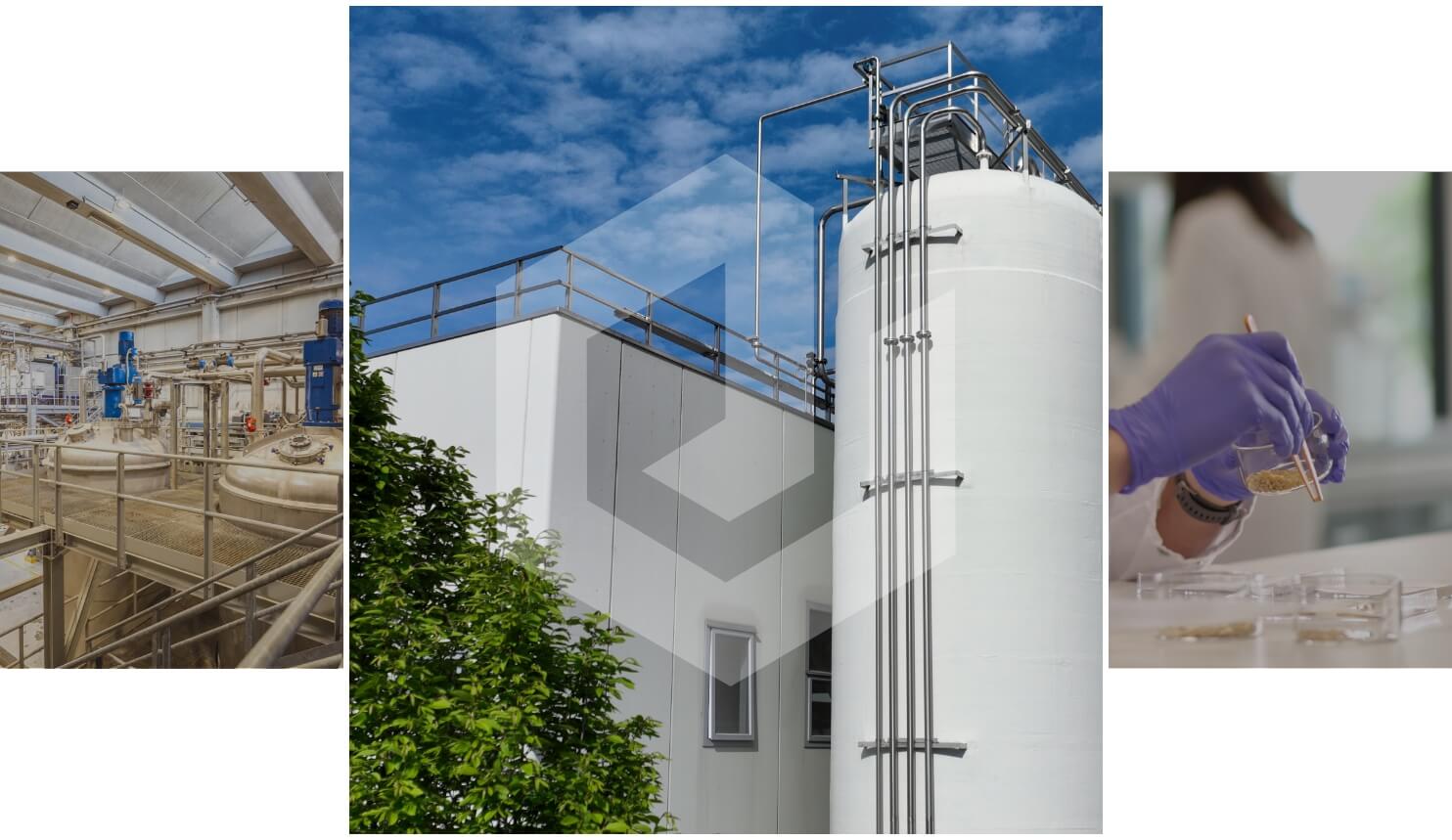Specialised in the production of protein hydrolysates, the company valorises tanning industry by-products such as fleshing waste, trimmings and shavings, transforming them into biostimulants for agriculture and retardants for the plaster industry. This transformation, the result of experience and significant investment in R&D, is a clear example of how circular economy can be incorporated at every stage of production, resulting in high added value products.
Founded in 1960 in Chiampo, in the hub of Vicenza's Valle del Chiampo tanning district, SICIT has succeeded over time in evolving and anticipating market needs, and has now become world leader in its sector.
In addition to the production of protein hydrolysates, the company extracts and refines animal fat from tanning residues, placing it on the market as a high-quality biofuel. With its advanced plants in Arzignano and Chiampo, SICIT serves major players in the agrochemical and industrial sectors, promoting solutions that are both technologically advanced and totally green. This commitment to circular economy makes it possible to provide concrete answers to contemporary environmental challenges, reducing waste production and ensuring that every product is eco-friendly, safe and biodegradable.
SICIT understands the importance of partnerships with sector associations, both at local and national level. It is a member of recognised bodies such as EBIC (European Biostimulant Industry Council), CRA (Council for Research and Experimentation in Agriculture) and Confindustria Vicenza.
01
The B2B approach is essential. SICIT forms strategic partnerships with companies operating in the nutrition and crop protection market, supplying them with finished products or key ingredients for their formulations.
02
Constant commitment to the development and innovation of both the production processes and the products themselves, to ensure state-of-the-art solutions.
03
Thanks to its high degree of industrialisation, the company manages to maintain the highest standards even when it comes to technical support for customers.
04
SICIT has established direct and solid relationships with suppliers of the main raw materials, thus ensuring privileged access to key resources.

Giuliano Guardini founds S.I.C.I.T. S.p.A. (acronym for Società Industrie Chimiche Italiane)

Start-up of the experimental plant to process the fleshing and obtain a protein hydrolysate for agriculture SICIT can thus count on a double market: the zootechnical and the agricultural ones.

Start of fat production, then destined to feed mills.

Inauguration of the new plant in Arzignano.

Renovation and automation of the Chiampo plant.

Sicit starts collecting wet blue trimmings in addition to shavings.

In June SICIT is listed to the MTA of Borsa Italiana through a SPAC process.

On 5 August NB Renaissance and Intesa Holding complete the public tender offer for SICIT which is delisted from MTA.



